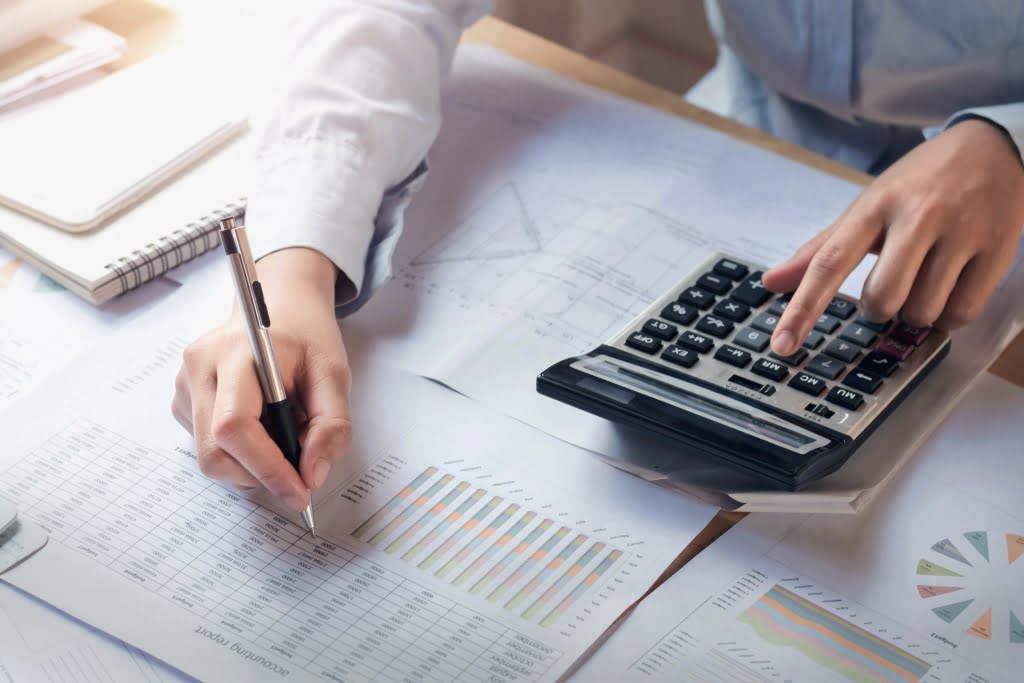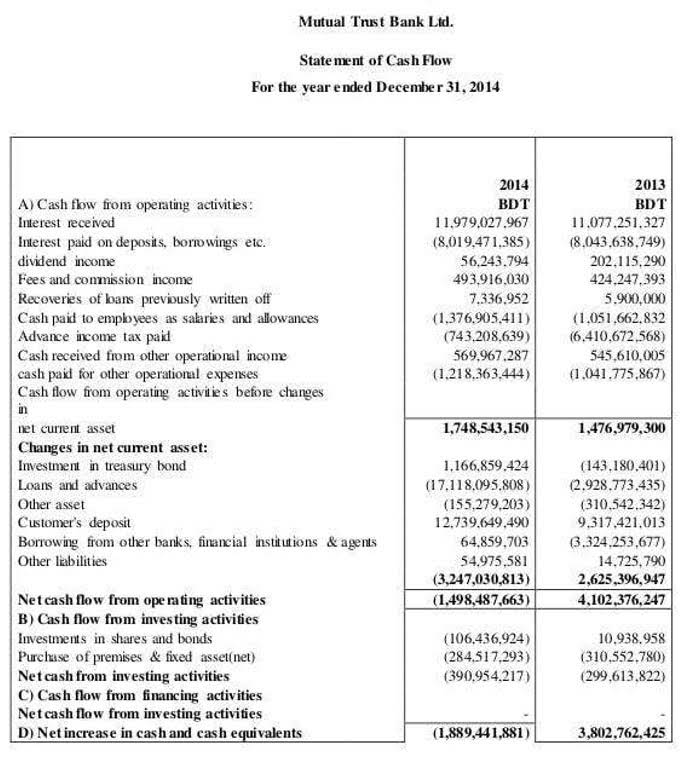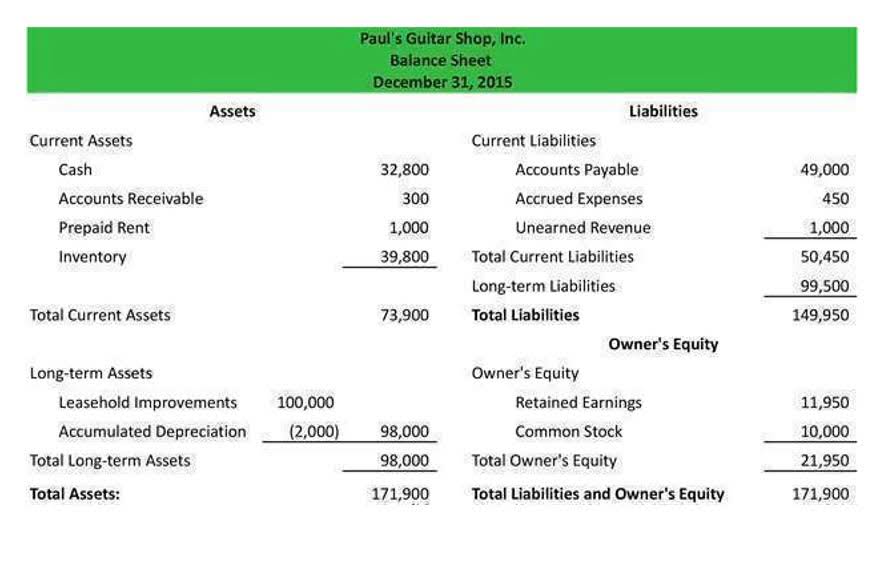
Once a company’s growth begins to stagnate noticeably, a higher proportion of its total capex spend should shift toward maintenance capex. However, a separate line item for the depreciation expense is seldom found on the income statement. The following table provides further insights into the capital allocation framework of the company, along with details of the business that gets the capital on top priority.
Understanding the Capex Formula, Calculations, and Impacts
The choice often depends on factors like the asset’s useful life and materiality. Companies typically capitalize significant, long-term assets like buildings and machinery, while smaller, shorter-term expenses are expensed. You can also calculate capital expenditures using data from a company’s income statement and balance sheet. Find the amount of depreciation expense recorded for the current period on the income statement. Locate the current period’s property, plant, and equipment line-item balance on the balance sheet. Initially, deferred revenue expenditures are recorded as assets on the balance sheet and gradually expensed against the income statement as benefits are realized.
- Capital expenditure budgeting is the art of deciding how to spend your company’s money wisely.
- By tracking cash outflows, businesses can ensure they have sufficient funds to meet their day-to-day expenses, such as payroll, rent, utilities, and supplier payments.
- These assets can encompass physical infrastructure, equipment, technology systems, and even intellectual properties.
- Locate the current period’s property, plant, and equipment line-item balance on the balance sheet.
- In the cash flow statement, CAPEX is categorized under investing activities, which shows the company’s spending on long-term investments.
Terms
Examples of operational expenditures are administrative salaries, utilities expense, and office supplies. Since they are charged to expense in the period incurred, they are also known as period costs. CapEx is the investments that a company makes to grow or maintain its business operations. Capital expenditures are less predictable than operating expenses that recur consistently from year to year. Buying expensive equipment is considered CapEx, which is then depreciated over its useful life. You can find CapEx in the investing activities section of a company’s cash flow statement.
FCF = Cash From Operations – Capital Expenditures
- Efficient budgeting practices help companies maximize the value of their Capital Expenditures, ensuring that investments contribute to long-term growth and profitability while mitigating potential risks.
- Capital expenditures are a critical financial metric for businesses, investors, and analysts.
- Tangible CapEx assets can also increase the value of your assets over time.
- Until the benefit isreceived, the expense is treated as an asset on the balance sheet.
Explore Capital Expenditure (CapEx) – its meaning, significance, and difference from operational expenditure. Learn how CapEx shifts perspective from an expense to an investment, propelling business growth. Replacement CapEx refers to investing in new assets to replace or enhance what is capital expenditure in accounting old, obsolete assets.

Examples of Capital Expenditure are as follows:
Due to the increase in demand for its high-profiled iron sheets, the retained earnings balance sheet company executives decide to buy a new minting machine to revamp production. They estimate the new machine will be able to improve production by 35%, thus closing the gap in the demanding market. A company incurs a capital expenditure (CapEx) when it purchases an asset with a useful life of more than one year (a non-current asset). For example, a company buys a $10 million piece of equipment that it estimates to have a useful life of 5 years.
- Suppose, the JKL company hired a professional bug exterminator firm to get rid of all the insects manifesting in their production facilities.
- Also, capital expenditures are charged to expense via depreciation over an extended period of time, while revenue expenditures are charged to expense very quickly.
- Capital expenditure is recorded as an asset on the balance sheet, and the value of the asset is depreciated over time and expensed to the income statement.
- A capital expenditure is an expenditure for a high-value item that is to be recorded as a long-term asset.
- NutriAsia was looking for robust automation software that had the capability and reliability – with the ability to provide a solution quickly and nimble enough to scale rapidly.
CapEx (Capital Expenditure) – Meaning, Formula, Types & Examples

Every investment carries inherent risks, whether they are related to market conditions, technological changes, or regulatory shifts. Conducting a comprehensive risk assessment helps in identifying potential pitfalls and developing mitigation strategies. This might involve setting aside contingency funds, diversifying investments, or implementing phased rollouts to minimize exposure. For instance, a company might choose to pilot a new technology in a single location before committing to a full-scale deployment, thereby reducing the risk of widespread failure.

Capital expenditure and revenue expenditure serve different purposes in financial management. Capital expenditure focuses on creating long-term value through fixed assets, while revenue expenditure sustains short-term operations and generates revenue. Understanding these differences is essential for accurate financial reporting, compliance, and strategic QuickBooks Accountant decision-making, ensuring the business remains both efficient and sustainable. Property, Plant, and Equipment (PP&E) represents the net value of a company’s fixed assets after accounting for accumulated depreciation.

Expansion CapEx involves investments made to expand the business’s capacity or reach. It can include acquiring new property or land, constructing additional facilities or production lines, and expanding into new markets or geographic locations. Financial metrics help organizations assess financial performance, make well-informed decisions, and foster growth. Capital expenditure is one such important metric for companies of all sizes. It signifies the investments made by a company to ensure its sustainability.

